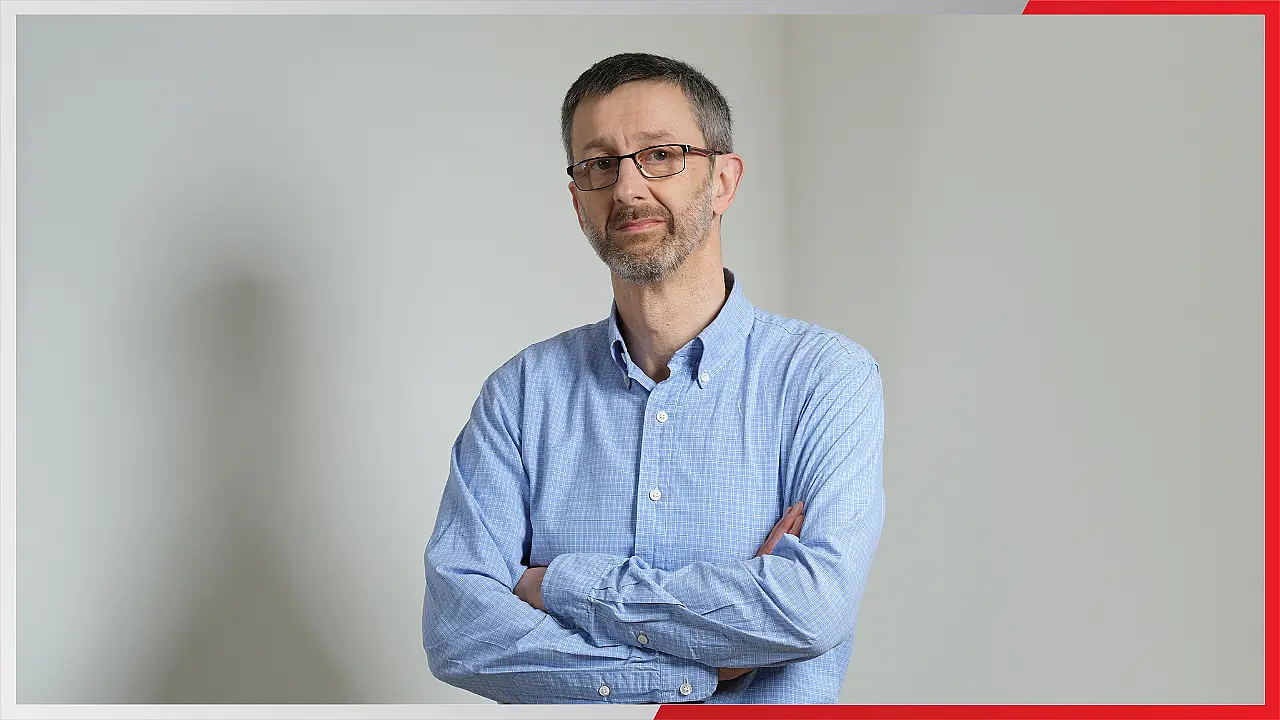
Jaguar Land Rover (JLR), a premium automaker and part of Tata Motors, faced a challenging second quarter in FY25, grappling with external disruptions that hindered production and sales. Yet, despite the headwinds, the company showcased its resilience with stable profitability and a clear roadmap for recovery in the second half of the fiscal year.
JLR experienced a revenue dip of 5.6% to £6.5 billion in Q2, impacted by aluminium supply shortages and quality holds on nearly 6,000 vehicles. This setback affected JLR’s EBITDA margin, which slipped to 11.7%, down 320 basis points year-over-year. Despite these constraints, JLR management remains positive about the second half of FY25, holding firm to their annual revenue guidance of £30 billion with an EBIT margin of at least 8.5% and a net cash position.
At the recently held Investor presentation, Richard Molyneux, CFO, JLR, said, production constraints, including the aftermath of the Novelis flood, capped Q2 production at 86,000 units, significantly below expectations. This limitation primarily impacted the production of Range Rover and Range Rover Sport, which rely heavily on aluminium-intensive architecture. These disruptions caused a 6% dip in revenue and a 10% drop in profit before tax (PBT) compared to the same period last year. However, on an annual basis, JLR’s PBT has risen, reflecting its strong operational framework.
Balancing Financial Performance
JLR’s Q2FY25 revenue decline was countered by its ability to maintain a steady EBIT margin, marking the ninth consecutive quarter of positive EBIT. While wholesale volumes fell to 87,000 units due to production challenges, the company sustained its momentum in key markets like the US and China, where demand remained robust.
Structural cost reductions and efficient resource management have been pivotal in mitigating financial pressures. Although higher warranty costs and increased sales support dented the quarter’s profitability, JLR’s material cost reductions and operational improvements signal long-term stability.
Regional Insights, Market Dynamics
The regional performance highlighted varied dynamics. The UK and EU markets experienced temporary holds, delaying the wholesale of 6,000 units, which are expected to bounce back in Q3. In contrast, the US emerged as a standout performer, with strong growth in brand strength and product appeal.
China presented a mixed bag: while Q2 saw robust wholesale performance, the market is under considerable stress due to widespread discounting, retailer insolvencies, and demand challenges in the premium and ICE segments.

Investment Strategy
JLR, with its ‘Reimagine’ strategy, is firmly committed to its electrification journey, underlined by its substantial investments in battery electric vehicle (BEV) production facilities. The company’s BEV lineup is set to redefine its product offerings, with plans for net carbon neutrality by 2039. The state-of-the-art BEV production line in Halewood, UK, reflects this strategy, reducing both tailpipe and industrial emissions significantly. The ongoing revamp focussed on renewables, fuel switching and energy reduction will enable removal of 40,000 tonne of CO2 emissions from Halewood’s industrial footprint, Molyneux pointed out.
China’s Complex Landscape
China remains a focal point for JLR, albeit considerable challenges. The country’s automotive retail sector is under extreme pressure due to overstocking and aggressive discounting, causing retailer insolvencies and reduced market access. Despite these hurdles, the automaker has managed dealer inventory effectively and mitigated the impact of retail point losses, demonstrating agility in a volatile environment.
Outlook
Looking ahead, JLR anticipates a strong recovery in H2FY25. The company remains committed to achieving its annual financial targets, including £30 billion in revenue, an EBIT margin of 8.5%, and net cash positivity, he mentioned. However, the path forward is not without challenges, as tighter headroom to these goals demands exceptional execution, he added.
In China, complementary growth is expected through the licensing of the Freelander brand to the local JV. The forthcoming Freelander-branded products, exclusively electric, are poised to tap into significant market potential, he said.
By focusing on strategic investments, operational excellence, and adapting to market dynamics, the OEM is well-positioned to navigate the complexities of the global automotive landscape. The company’s resilience amid adversity only points out its capability to drive growth while embracing the future of mobility.
Road Ahead
As JLR continues to invest in cutting-edge technologies and expand its BEV portfolio, it reinforces its position as a leader in the premium automotive segment. With a renewed focus on sustainability, electrification, and market adaptability, the company is charting a path toward a better future, overcoming obstacles with resilience and innovation.
Also Read:
Tata Motors Anchors JLR, EV Ambitions In Tamil Nadu's Thriving Auto Ecosystem